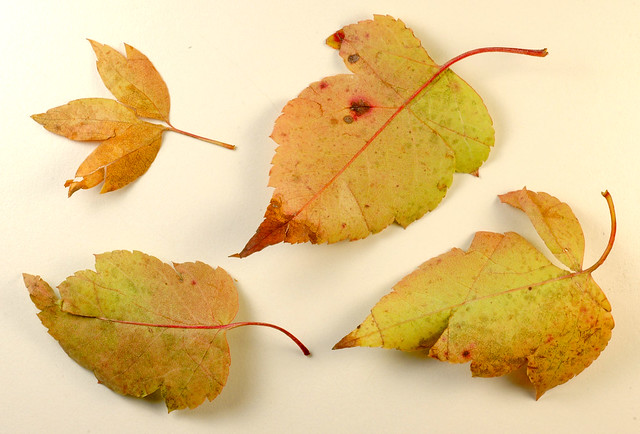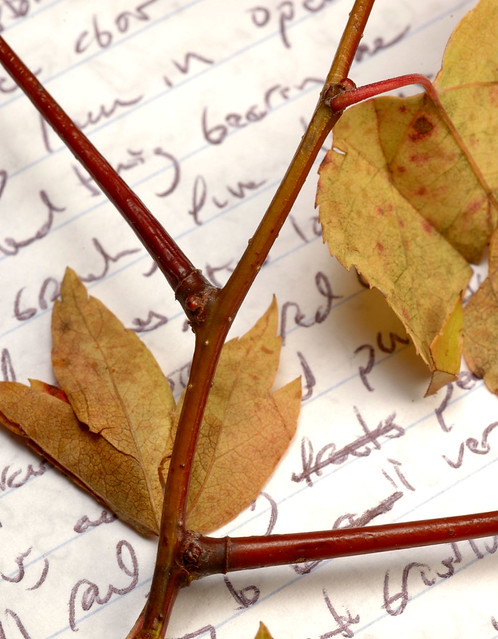Map Snapshot







15 Records
Seasonality Snapshot
Use of media featured on Maryland Biodiversity Project is only permitted with express permission of the photographer.
Varying shaped leaves of a Washington Hawthorn in Massachusetts (10/4/2007).
Media by
Tom Palmer.
Spines of Washington Hawthorns are collared near their bases.
Media by
Tom Palmer.
Source: Wikipedia
| Crataegus phaenopyrum | |
|---|---|

| |
| Scientific classification | |
| Kingdom: | Plantae |
| Clade: | Tracheophytes |
| Clade: | Angiosperms |
| Clade: | Eudicots |
| Clade: | Rosids |
| Order: | Rosales |
| Family: | Rosaceae |
| Genus: | Crataegus |
| Species: | C. phaenopyrum
|
| Binomial name | |
| Crataegus phaenopyrum | |
Crataegus phaenopyrum is a species of hawthorn commonly known as Washington hawthorn or Washington thorn.[2] It is widely grown as an ornamental plant, and can reach 10 m (about 32 feet) in height. The small red berry-like fruit grow closely together in large clusters and are food for squirrels and birds. They have a mild flavor and can be eaten raw or cooked. As with other species of hawthorn, the wood is hard and can be used to make tools.
The fruit is edible and can be made into jelly or crushed to make tea.[3] The species is native to the mid-eastern United States.[4]
References
[edit]- ^ IUCN SSC Global Tree Specialist Group & Botanic Gardens Conservation International (BGCI) (2020). "Crataegus phaenopyrum". IUCN Red List of Threatened Species. 2020: e.T152905756A152905758. doi:10.2305/IUCN.UK.2020-1.RLTS.T152905756A152905758.en. Retrieved 2 June 2024.
- ^ Phipps, J.B.; O’Kennon, R.J.; Lance, R.W. (2003). Hawthorns and medlars. Cambridge, U.K.: Royal Horticultural Society. ISBN 0881925918.
- ^ Elias, Thomas S.; Dykeman, Peter A. (2009) [1982]. Edible Wild Plants: A North American Field Guide to Over 200 Natural Foods. New York: Sterling. p. 237. ISBN 978-1-4027-6715-9. OCLC 244766414.
- ^ "Crataegus phaenopyrum | Landscape Plants | Oregon State University". landscapeplants.oregonstate.edu. Retrieved 2023-01-18.
External links
[edit]![]() Media related to Crataegus phaenopyrum at Wikimedia Commons
Media related to Crataegus phaenopyrum at Wikimedia Commons


